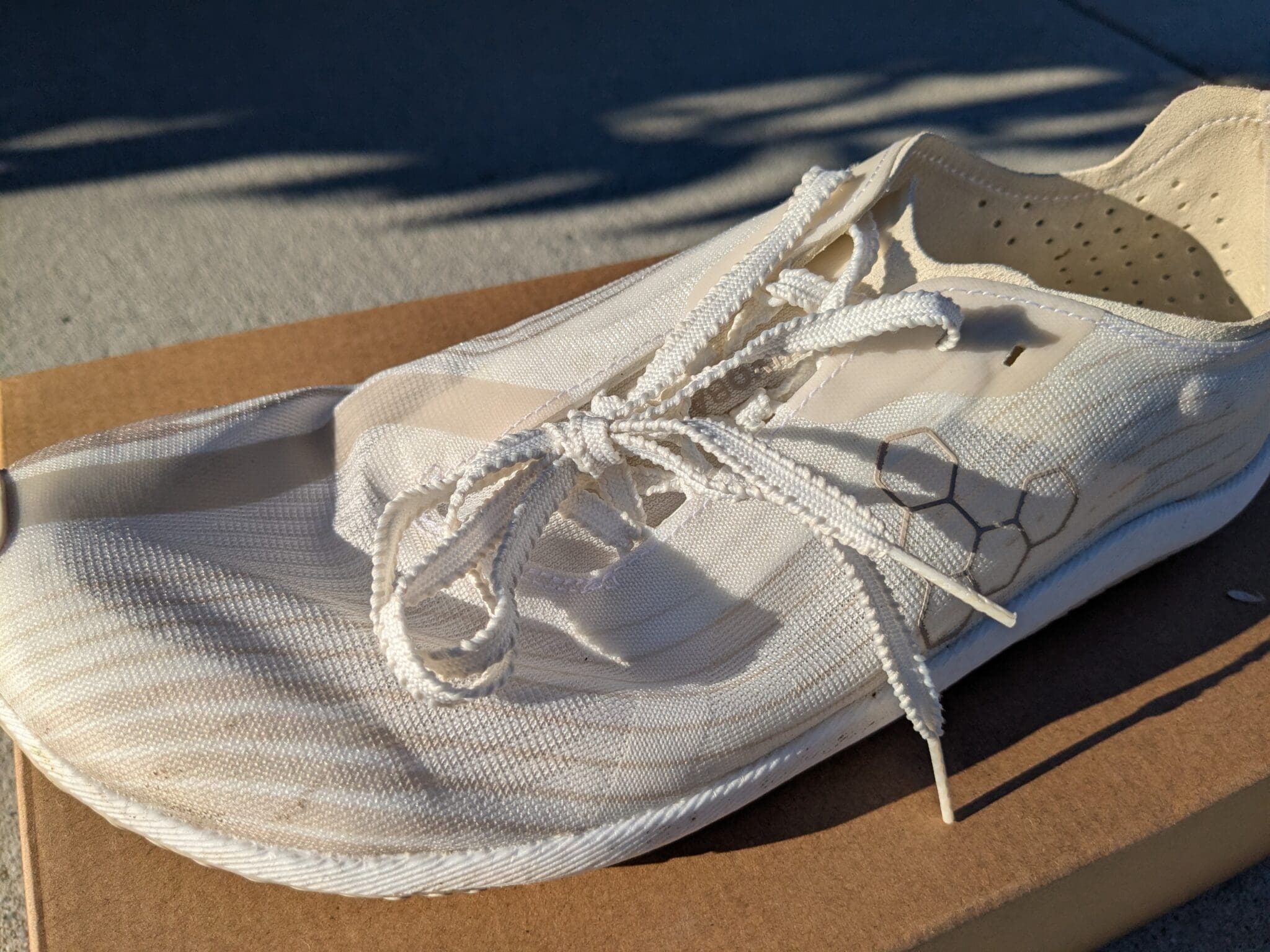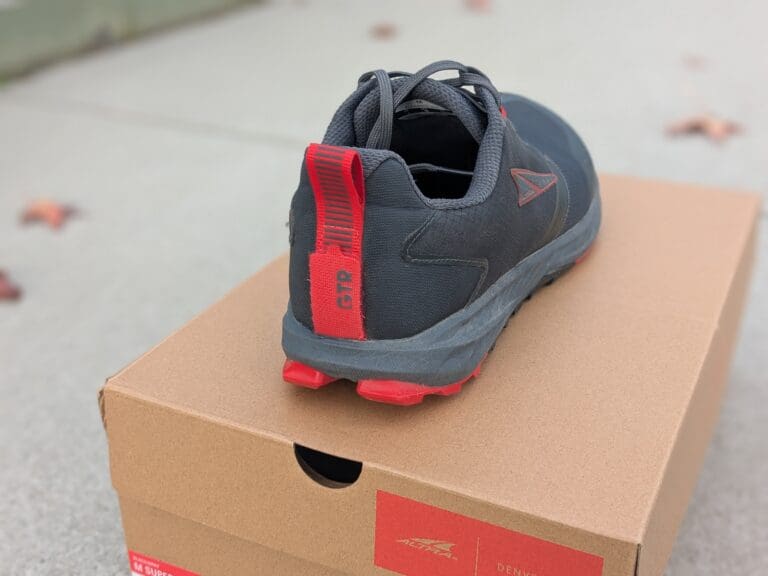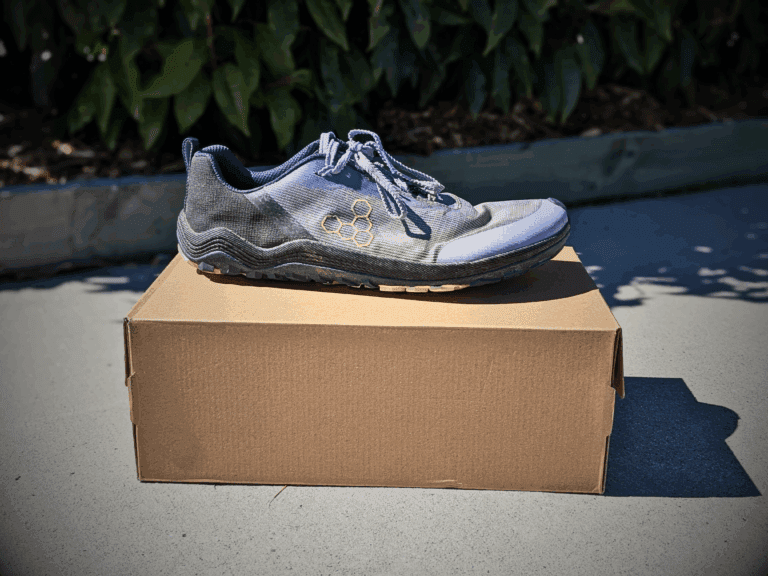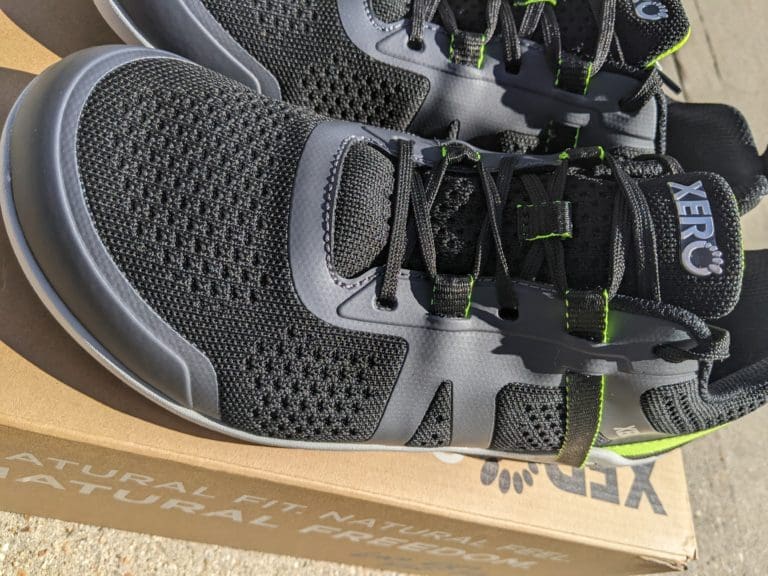I’m not going to lie. I’m not a huge Hoka fan.
I know many people have found the allure of soft, rolly shoes enticing, and I feel they have their place, but in the long run, I worry about foot health. And I’m sure Hoka is not helping the case.
So what could you switch them for?
Have you ever considered moving towards barefoot – or even “barefoot-inspired”- running shoes?
Many runners have, but what is the actual process? And is it even worth it? Well… for some of us, the answer is a big, enthusiastic yes – but you have to do it right.
Today, I’ll walk you through every gritty step of the transition, from plush marshmallow to nearly-naked ground feel, with my take on the best shoes, exercises, and systems to safeguard your feet and running career.
Affiliate Disclosure: By clicking through the links on this page and purchasing the products, you’ll be helping me out. This is done because I receive a kickback from the sellers at no extra cost to you! Thank you so much for supporting us!
Hokas and barefoot shoes sit at opposite ends of the running shoe spectrum. Hokas bring softness, stack height (30–40mm underfoot), a rockered sole, and a moderate 4–5mm drop. Their design cushions impact, but the tradeoff? They restrict natural foot splay, dampen your proprioceptive feedback, and take some of your foot’s job away. If you love that protective marshmallow ride, it’s no surprise. But for longevity and foot health, it may be worth working on your feet!
Barefoot shoes strip away all the crutches: zero drop (or close), ultra-flexible, 3–10mm stack, no arch or heel support, and a wide, foot-shaped toe box. Popular brands include Xero Shoes, Vivobarefoot, Freet, and notably, Altra sits at the top end of these stack heights, adding some cushion but preserving a roomy toe box and zero drop. If I were new to this, Altra would be my top “transition” pick, and then I would consider moving down after a while.
Which minimal running shoe is for you?
Take a quick 5-question quiz to identify the perfect minimal running shoe for your feet! You'll get both road and trail options based on your answers!
A good transition is a months (or year)-long journey, and slow is smart. Everyone says this – and they’re right. When I transitioned, I started with shorter, low-mileage jogs, but I still went too fast! Now, I suggest either rotating their shoes or gradually wearing barefoot options more often. Alternatively, use barefoot options for short walks, then gradually progress to running. You don’t want to go all-in barefoot from day one. Your calves, Achilles, arches, and even tiny foot muscles simply aren’t ready if you’ve lived in thick-soled shoes.
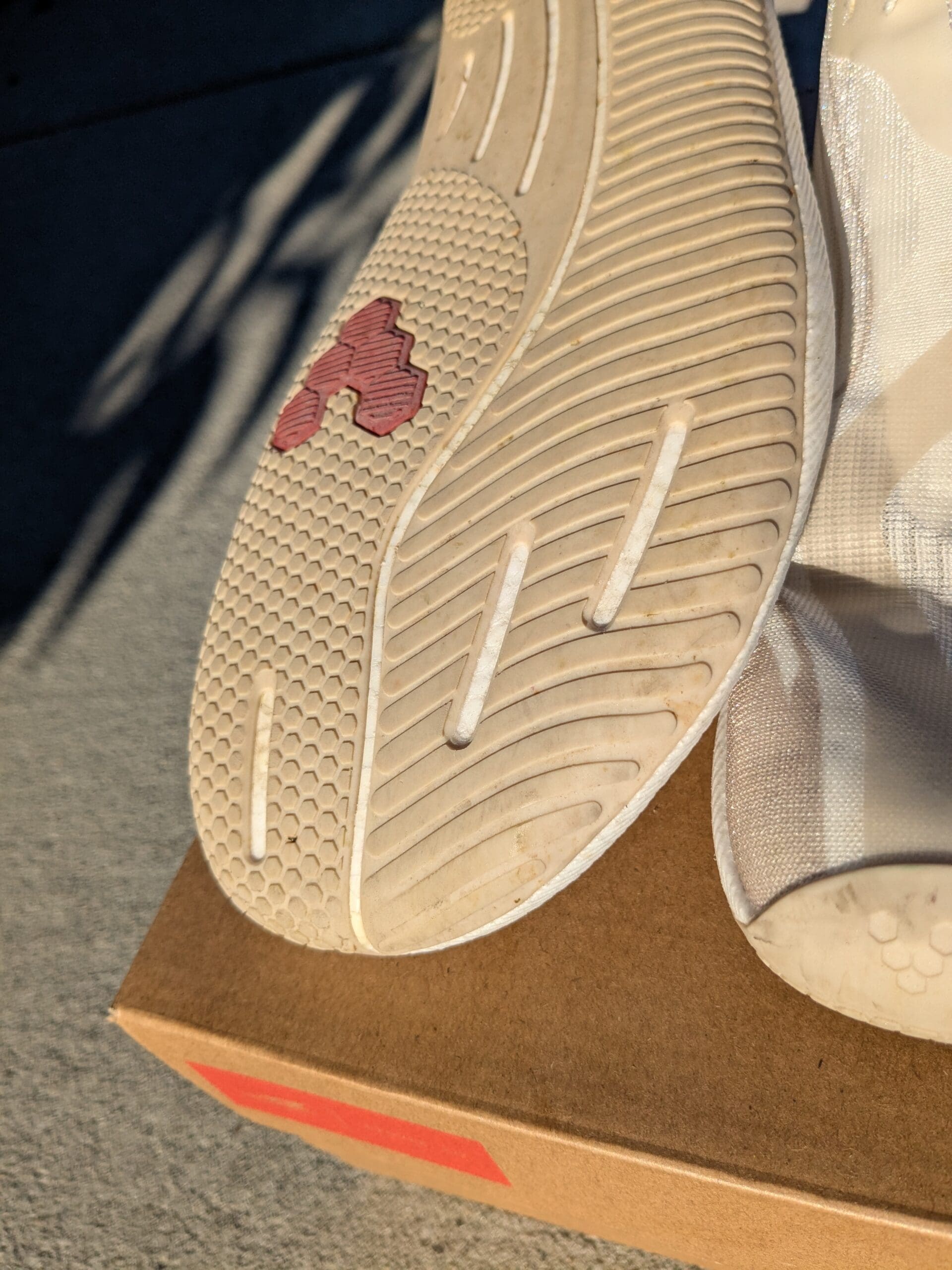
If you’re accustomed to Hoka, the safest approach is to mix models each week, rotating between maximalist (Hoka), transition (Altra, Topo), and minimalist models. Some runs in Hokas, some walks, and easy jogs in minimal shoes, always listening for aches (especially in the calves, plantar fascia, and metatarsals). It might look like: Week 1-2, 80% Hoka/20% Altra; Week 3-4, 60/40; Week 5-8, flip the ratios. Don’t rush tough surfaces like asphalt for longer distances until you’re truly comfortable.
Building a solid foundation with foot and calf drills is non-negotiable. If you come from Hokas, you’re likely to be missing some foot and ankle strength. Add daily exercises, such as towel scrunches, calf raises, barefoot balance, and toe-splay drills. I highly recommend checking the “Barefoot Running Exercises” blog post. Strong feet are your new “shoe support.”
Start where feedback is instant – stick to smooth, hard surfaces first. Here’s a lesser-known tip: as counterintuitive as it sounds, grass or soft trails mute your landing cues. Early on, you want to feel exactly how you’re running, and pavement gives brutal but clear feedback about overstriding or pounding your heels. Use soft trails later, after you’ve got a handle on your new stride.
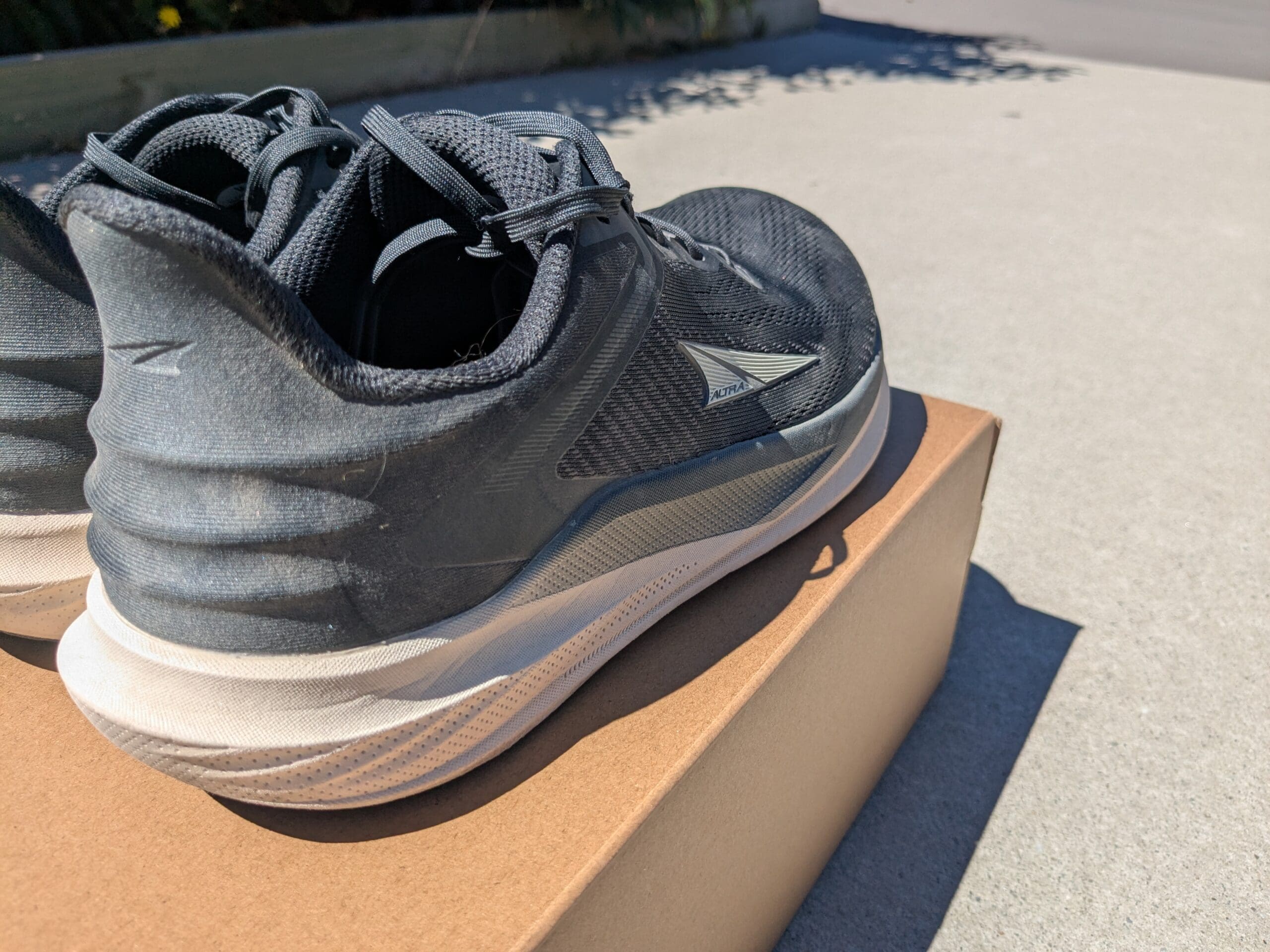
Modern cushioned shoes allow you to be sloppy with overstriding and heel-thumping, so pay close attention to form. Barefoot shoes demand shorter strides, midfoot/forefoot landings under your center of mass, and a quicker cadence—think 170+ steps/min. Don’t force extreme toe running (that’ll fry your calves); instead, focus on softness and quickness. If I catch my form reverting, back to drills I go.
Calf soreness, Achilles tightness, sore plantar fascia, or metatarsal pain all say “slow down or scale back.” If any of these issues arise, I rotate back to more supportive models or take a rest day or two and foam roll those calves. Few things are more demoralizing than a stress fracture you could have avoided.
Altra models (Escalante, Torin, Lone Peak) are the transition champion, combining a zero-drop sole with moderate stack height (15–25mm) and a wide toe box. They’re a game-changer for runners not quite ready for barefoot, offering ground sense with some protection. The “foot shape” last is wider than Hoka but not as radical as some barefoot options, making it my #1 starter pick if cushion is hard to leave behind.
Topo Athletic offers a similar experience to Altra, but with some slight support and a touch more drop in some models. I don’t often suggest Topo because I’m not a fan of their supportive nature, but if you really find Altra doesn’t work, they’re the second-best transition option. Topo models like the ST-5 are low stack height and flexible.
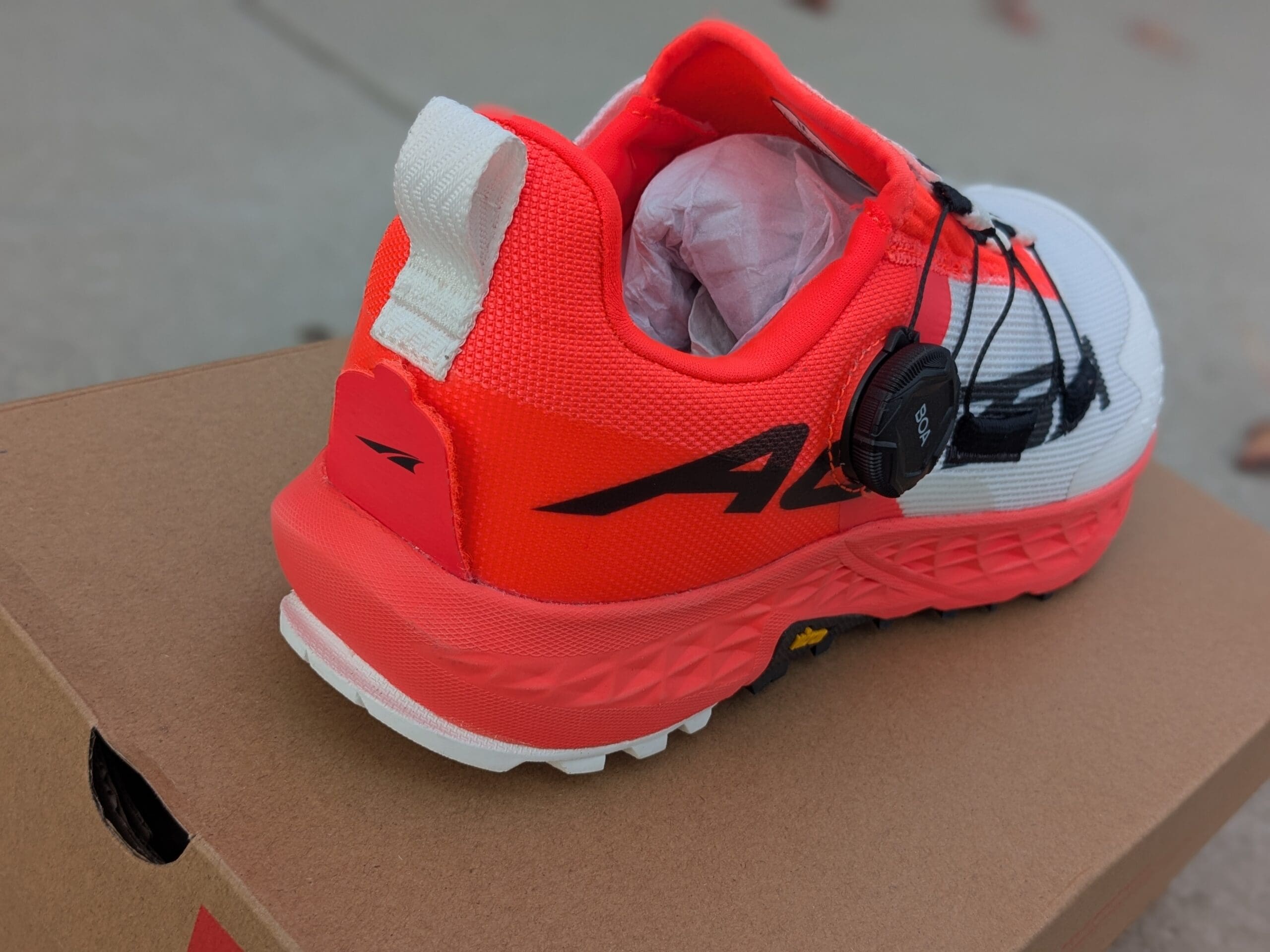
True barefoot models are the next step down in cushion and up in ground feel. Xero Shoes HFS or Speed Force II (zero-drop, ~5mm sole, wide fit) are my go-to road models, followed by Freet and the occasional Vivobarefoot. Once you’ve built strength, these allow your feet to be feet. For trails? Xero Shoes Mesa Trail II is extremely minimalist, but that isn’t always the best when you need protection. Alternatives and Freet can be better in these cases.
Switching from maximalist (Hoka) to minimalist (Xero/Vivo) is like removing training wheels. You lose the “bouncy float” and rockered ride but gain a much more flexible platform and wider toe fit (we’re talking 3-4mm more per side versus most Hokas). I personally find that this improves balance and makes my stride feel more efficient, but it is more taxing on the body.
Barefoot is brilliant for strength and form, but don’t expect to match your Hoka mileage instantly. For longer efforts, or if you’re injury-prone, there’s nothing wrong with rotating: say, barefoot shoes for drills and easy runs, Hokas or Altras for big miles or race day. I run most of my easy miles in minimal shoes, then switch to cushioned shoes for recovery days after heavy efforts.
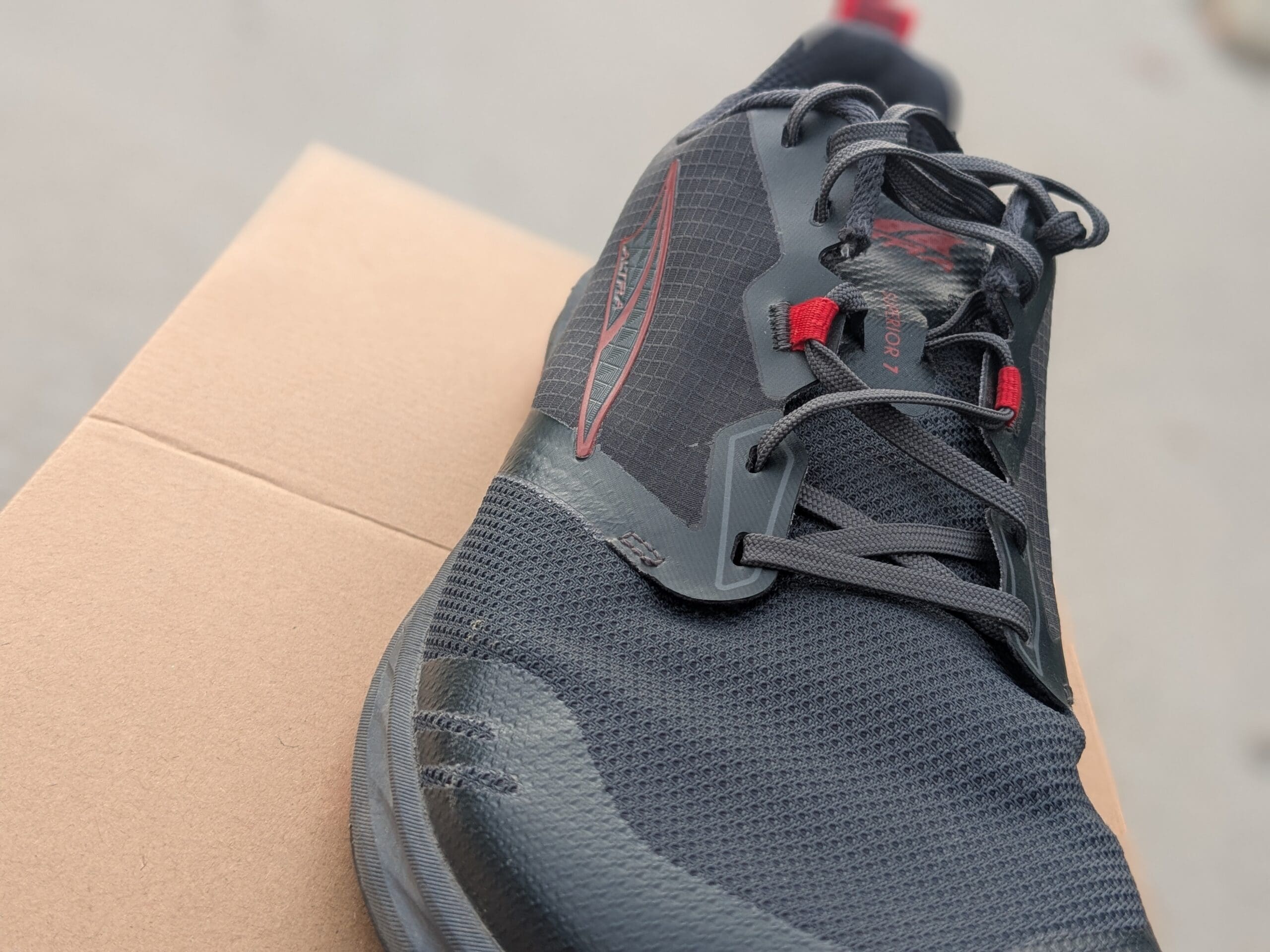
Transition Pain: Handle With Care
Initial soreness in the lower leg is normal, but pain is not. Expect muscles to protest, but flaming tendons or bony aches are your body’s way of saying “enough.” Never push through sharp pain or swelling. Take it as a sign to rest, back up a stage, or consult a PT (especially if you have a history of Achilles or metatarsal issues).
There are serious risks of bone injuries during the first few months. These are hard to predict until the damage occurs. Because it doesn’t hurt until it does, bones take much longer to adapt to higher loads, such as those from barefoot running, so strengthening in the bones will take months. However, in the long run, this is beneficial. We all want stronger, healthier bones!
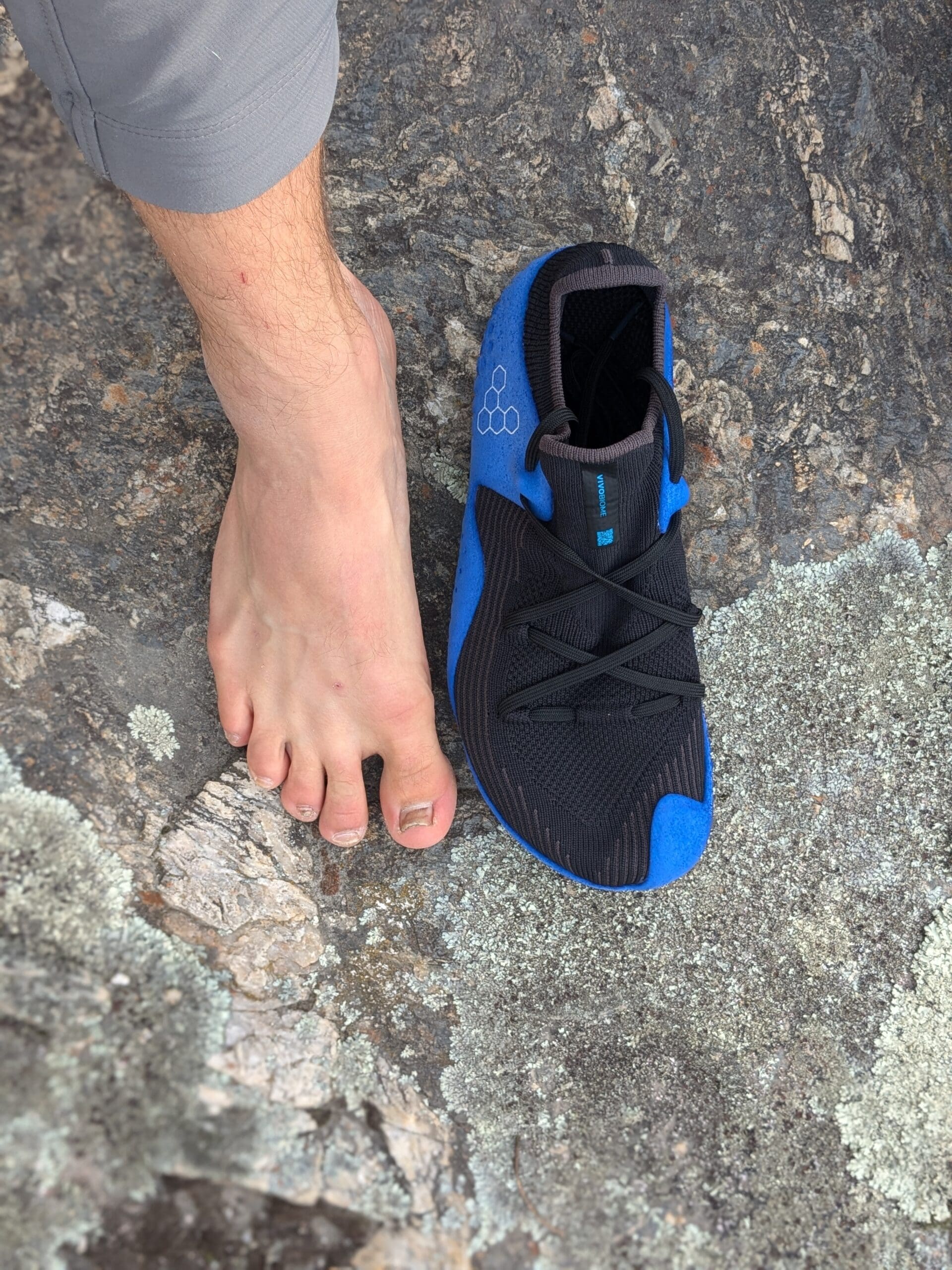
Expect a learning curve, then real benefits in foot and leg strength. Within two to three months, most runners notice stronger foot musculature and improved balance, which are, in themselves, rewards. I’ve seen older runners reduce the recurrence of plantar fasciitis and improve their form simply by retraining their gait. But it’s not a cure-all, and some end up happiest with a split footwear system.
Top Tips for a Healthy Transition
- Start by walking only around your house and for errands in barefoot shoes.
- Add easy jogs of 3–5 minutes at a time, only progressing after 2+ weeks with no soreness.
- Review your running form vs. “Barefoot Running Step 1 & 2” video or in front of a mirror.
- Include weekly exercises for your feet, ankles, and calves until they become second nature.
- Pay attention to your individual needs. Runners with a history of plantar or Achilles injury: go even slower, and don’t be afraid to live in “transitional” (Altra) territory for months.
- Set realistic expectations. Treat this like a season-long retraining plan, not a quick fix.
Barefoot shoes might seem like they should last forever as there’s no squishy midsole to compress or crumble, but that doesn’t mean they’re indestructible. While the absence of foam often prevents that classic “dead shoe” feeling, most minimalist models use similar mesh uppers and rubber outsoles to their cushioned counterparts. So while they avoid premature breakdown from foam fatigue, you’re still dealing with the usual wear on the upper and outsole. Translation: don’t expect magical mileage.
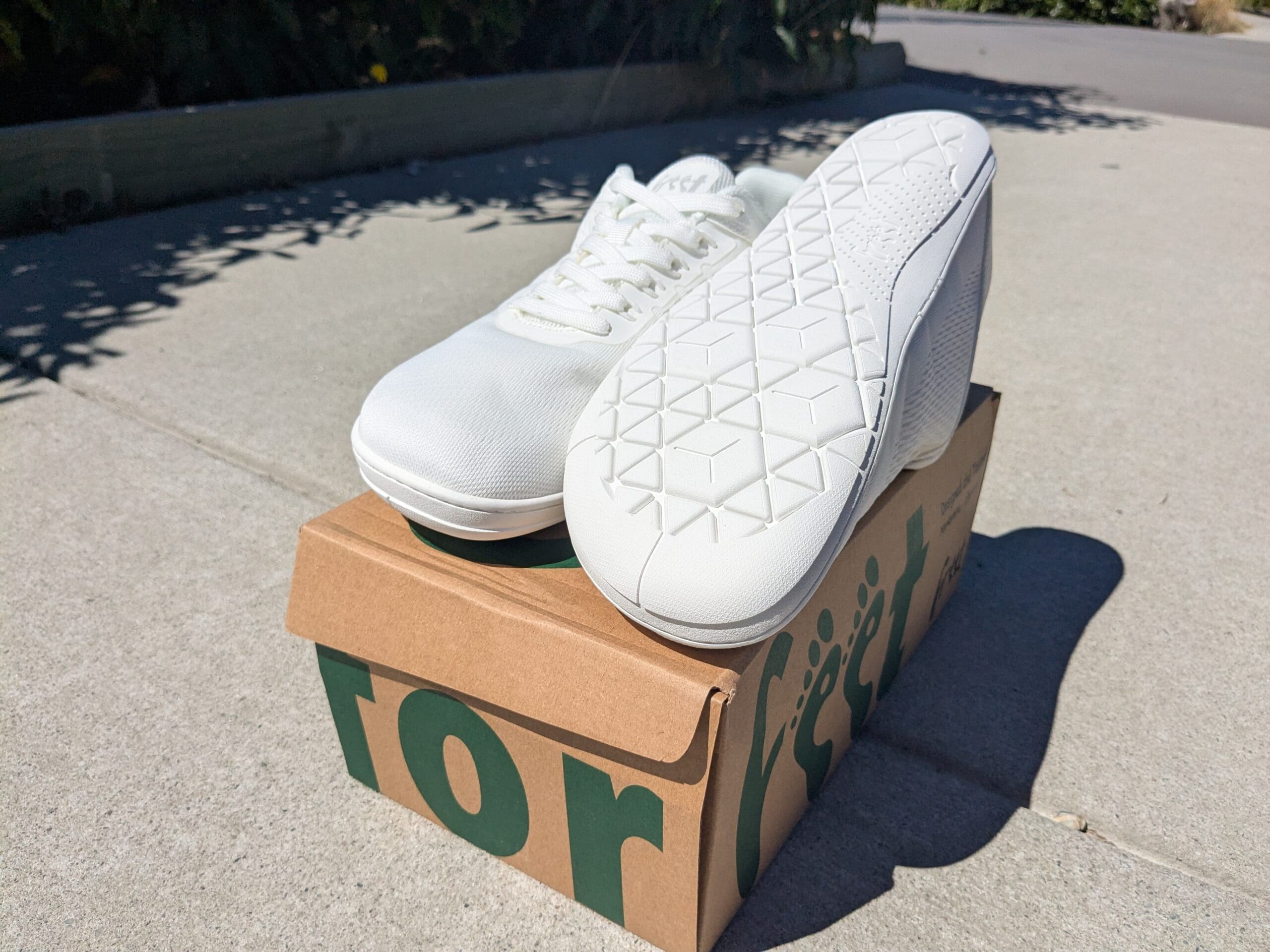
Price-wise, many folks assume barefoot shoes should be significantly cheaper because there’s “less shoe.” But unfortunately, materials are only part of the cost equation. The same manufacturing complexities—lasts, molds, labor, logistics—apply whether you’re building a stacked super trainer or a featherweight foot-glove. So while minimalist shoes can come in slightly under the price of mainstream models, they’re rarely bargain basement. You’re paying not just for materials, but for philosophy—and in this case, that means form, function, and fit over fluff.
Transitioning from Hoka to barefoot-style running is entirely possible, rewarding, and even fun—if you respect the process. You’ll unearth abilities your feet forgot they had, feel more connected and springy, and maybe, like me, develop a new appreciation for both modern foam and pure flexibility. But rush it, and you’ll likely end up limping back to maximalist models.
IF you’re interested in seeing what a full barefoot transition guide looks like, check out “Your Barefoot Journey! My step-by-step guide to running a 5km in barefoot shoes in 6 months.
